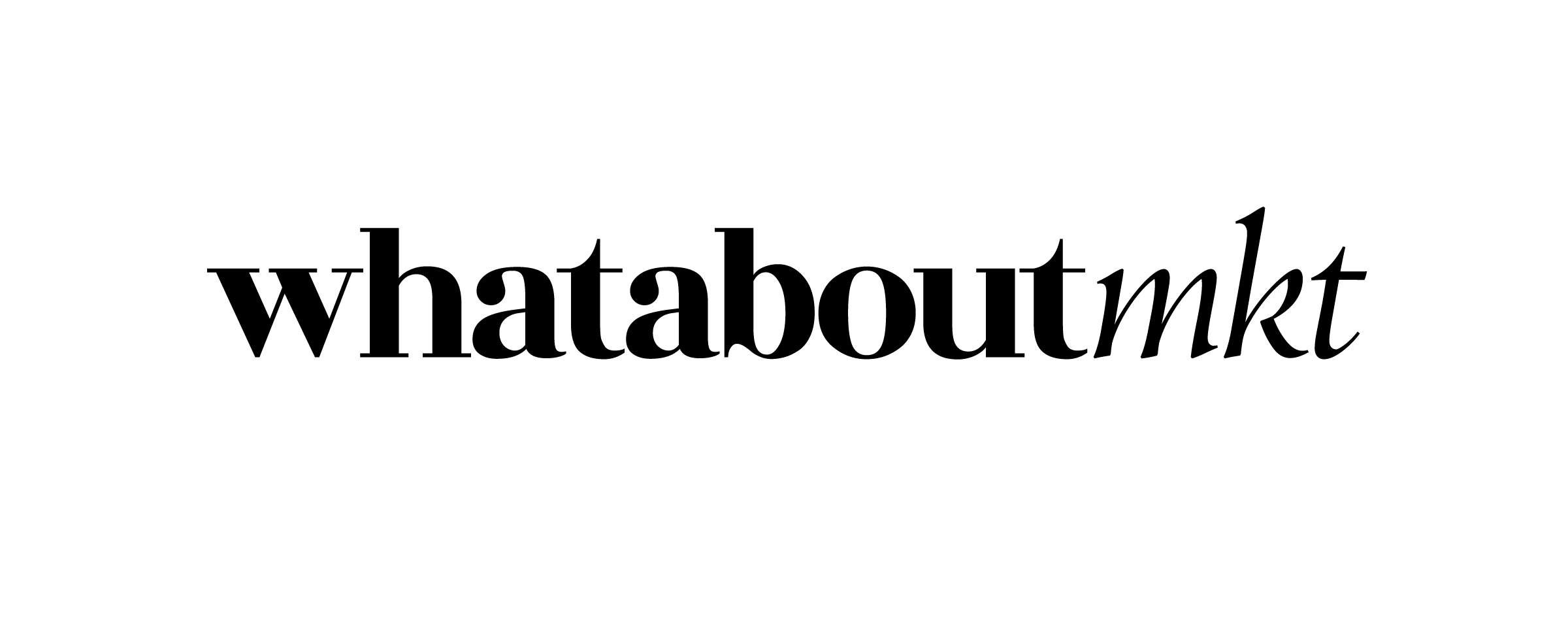For decades, brands have leveraged comparative advertising to differentiate themselves from competitors. From the Pepsi Challenge in 1975 to Apple’s “Get a Mac” campaign in the early 2000s, companies have used direct and indirect comparisons to highlight their strengths. However, in 2025, this strategy has taken on a more aggressive and provocative tone, often resembling the combative nature of social media discourse.
The Shift Toward More Confrontational Advertising
In today’s digital landscape, marketing battles unfold in real-time. Brands are no longer content with subtle comparisons; they launch direct attacks on their competitors. Vrbo, a vacation rental platform owned by Expedia Group, recently took a swipe at Airbnb by erecting billboards in San Francisco, boldly claiming to be “Airbnb’s hotter, cooler, friendlier long-lost twin that never has hosts.” Placing these ads near Airbnb’s headquarters only intensified the rivalry. Airbnb CEO Brian Chesky responded with a dismissive Instagram post, turning the campaign into a viral spectacle.
Similarly, McDonald’s China ignited controversy by promoting “CFC” (Cage-Free Chicken) to position itself as a more ethical alternative to KFC. In response, KFC emphasized the “K” in its name across social media, reinforcing its brand identity. The exchange quickly escalated, with other brands, including Subway China, jumping into the debate and adding their spin. These incidents illustrate how comparative advertising is no longer just about making a point—it’s about making headlines.
Why Brands Are Embracing Comparative Advertising
Companies increasingly use comparative advertising as a tool for differentiation in crowded markets. Samsung has frequently positioned itself as the innovative alternative to Apple, often mocking iPhone users in its ads. Verizon has relied on coverage maps to contrast itself with AT&T, reinforcing its dominance in network reliability. These campaigns draw attention and influence consumer decision-making by providing side-by-side comparisons that highlight a brand’s advantages.
Capturing a competitor’s customers is another key motivation. Some brands craft aggressive campaigns to lure consumers away from market leaders. Burger King’s “Whopper Detour” campaign, which encouraged customers to unlock discounts near McDonald’s locations, is a prime example of using direct competition to drive brand switching. Additionally, comparative advertising is a powerful tool for generating buzz, as seen in Google’s recent campaign promoting Gemini AI over OpenAI’s ChatGPT. By emphasizing its multimodal capabilities, Google sparked industry-wide debates, proving that controversy can be an effective marketing tactic.
The Risks of an All-Out Brand War
While comparative advertising can be a valuable strategy, it carries inherent risks. Legal and ethical concerns are paramount, as regulations differ across markets. In the United States, the Federal Trade Commission (FTC) mandates that such advertisements be truthful and supported by evidence. European regulations impose even stricter limitations, ensuring that comparisons are fair and do not unfairly discredit competitors. Companies that fail to adhere to these guidelines may face lawsuits, as demonstrated by Mondelez International’s legal dispute with Tony’s Chocolonely over branding similarities to Milka.
Beyond legal ramifications, negative consumer perception poses a significant risk. Research from the University of Pennsylvania’s Wharton School in 2022 revealed that prolonged advertising wars can erode consumer trust in all parties involved. When brands become too aggressive in their messaging, they risk alienating potential customers who may perceive the tactics as desperate or mean-spirited. This phenomenon was evident when Microsoft’s “Scroogled” campaign, which attacked Google’s data privacy policies, backfired by appearing overly hostile rather than informative.
Another unintended consequence of comparative advertising is the free publicity it can generate for competitors. For instance, Vrbo’s campaign against Airbnb inadvertently increased awareness of Airbnb rather than solely promoting Vrbo’s offerings. Sometimes, a competitor’s response can overshadow the initial attack, turning the tables unexpectedly.
How Comparative Advertising Influences Consumer Behavior
Psychological factors play a crucial role in how consumers respond to comparative advertising. The contrast effect makes differences between brands more apparent when placed side by side, while confirmation bias reinforces existing consumer preferences. The recency effect ensures that the latest information in an ad remains top-of-mind, influencing purchasing decisions. However, brands must be cautious of the reactance theory, which suggests that overly aggressive messaging may trigger consumer resistance and skepticism.
When executed effectively, comparative advertising can build credibility and encourage consumer engagement. However, brands must balance bold claims with factual evidence to maintain trust. Verizon’s coverage maps, for instance, provide quantifiable data that support its claims, making them more persuasive. In contrast, campaigns that rely on exaggerated or misleading comparisons risk losing consumer confidence.
The Future of Comparative Advertising
As marketing continues to evolve, comparative advertising will remain a prominent strategy, albeit with new challenges and opportunities. Social media has amplified the speed and reach of brand rivalries, making it easier for campaigns to go viral and increasing the potential for backlash. The rise of artificial intelligence in advertising, as seen in Allegra’s AI-generated campaign highlighting competitors’ side effects, suggests that brands will continue experimenting with innovative approaches to comparative messaging.
Looking ahead, brands that navigate the fine line between competitive differentiation and outright hostility will have the most tremendous success. While Vrbo vs. Airbnb, McDonald’s vs. KFC, and Google’s AI battle have demonstrated the power of this strategy, they have also underscored its risks. The key to effective comparative advertising lies in creating compelling narratives that engage consumers without resorting to excessive negativity.
In an era where marketing battles unfold in real-time, the brands that master the art of comparative advertising will capture consumer attention, spark industry conversations, and ultimately drive market success. However, those who cross the line risk turning an opportunity into a costly misstep. The challenge for marketers is not just to win the battle but to ensure they are still standing when the dust settles.









